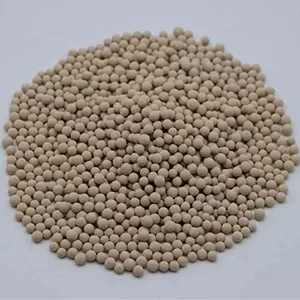molecular sieve stands out for its exceptional selectivity, enabled by uniform pore sizes that target specific molecules—critical for precision separation in gas purification and drying. Its high adsorption capacity, even at low concentrations, makes it superior to desiccants like silica gel, ensuring thorough moisture or impurity removal. Additionally, molecular sieve is regenerable: heating or pressure swing processes restore its adsorption ability, allowing repeated use and reducing long-term costs.

However, it has notable drawbacks. The material is sensitive to high temperatures; excessive heat during regeneration can damage its crystalline structure, diminishing performance over time. Its effectiveness also drops in humid environments with large molecule concentrations, as pores get blocked. Moreover, initial costs are higher than alternatives, and the packing requires careful handling to avoid dust formation, which can clog industrial systems.
These factors make molecular sieve ideal for applications demanding precision, such as pharmaceutical drying or natural gas processing, but less suitable for low-budget, high-temperature, or high-humidity scenarios where simpler desiccants may suffice. Balancing its strengths and weaknesses is key to maximizing its industrial value.

